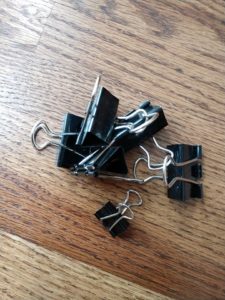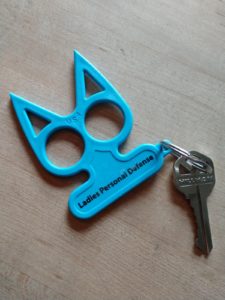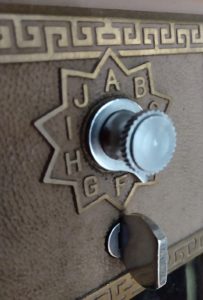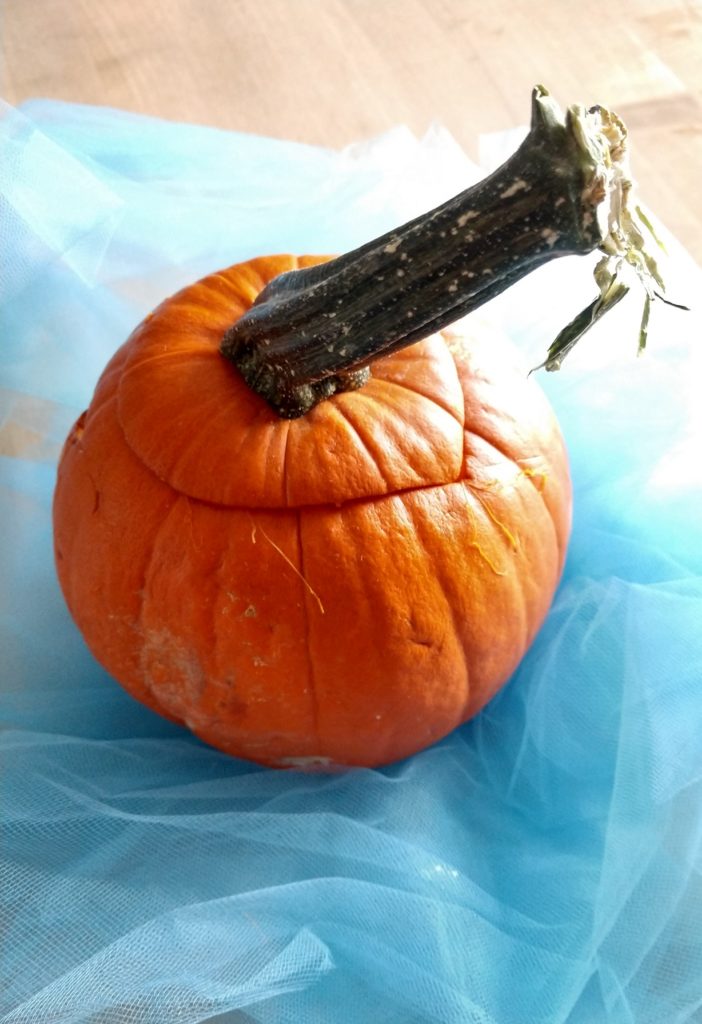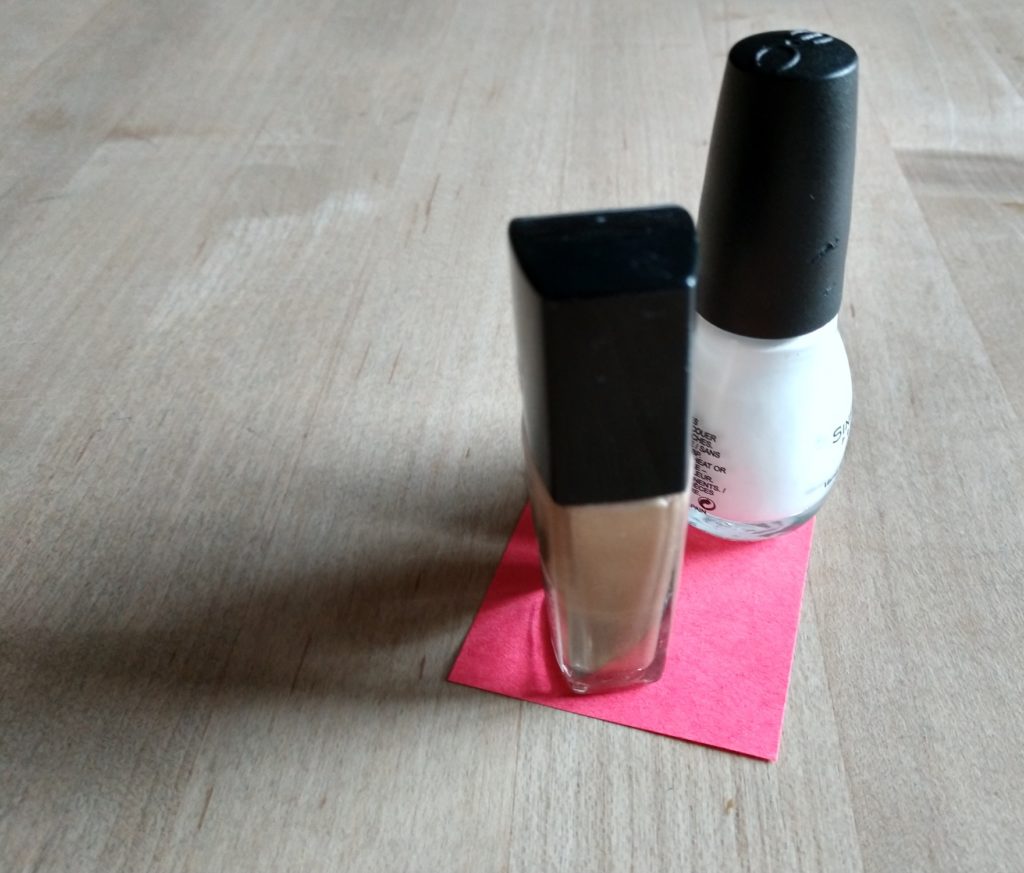“Seriously, Margaret, why wouldn’t they wear a mask? How tough is that?”
“Jon, that’s an interesting question coming from one who refused to wear a helmet when skateboarding.”
“Yeah, but I was the only one at risk. That’s different.”
“I see your point. But why wouldn’t you wear a helmet?”
Jon thought for a minute, trying to remember what it was like to glide on a board in his physical form. “I guess I felt freer without one. When I was learning to skate, I had to wear one. Then when I got good enough, I didn’t fall as much, so I didn’t need one.”
Margaret wiped her hands on her apron. “You needed one, dear, but most likely there was no one around to remind you to put one on. Maybe the folks who refuse to wear masks feel freer by not wearing one. Hand me that bowl of lemons, dear.”
Jon reached for the bowl of lemons, “Not the same, Margaret. Not at all the same.”
“Margaret! What kind are you making today?” Gladys sat down and smoothed the pleats of her skirt.
“I’ve been feeling like lemon meringue. It’s summer, and summer calls for lemon meringue. We’ll have to eat it quick. The meringue never keeps for long.”
Gladys laughed, “I’m sure we won’t have a problem.”
Gladys tugged on her necklace as she thought how to ask, “Why do you think they’re still talking about how Black Lives Matter? They’ve been going on about that for so long. You’d think they’d have figured it out by now.”
Margaret separated yolks from whites into a small bowl. “Interesting, isn’t it. And we still see struggles on other fronts, too. Women haven’t progressed much further than in my day.”
“Progress still takes so damn long.” Basil walked up and took a seat. “Snails pace, I tell ya. When those, that have, risk losing any of what they got, they’ll do all they can to make damn sure no one else gets any.”
Margaret reached for a lemon, “I imagine it’s hard to relinquish control when you’ve had it for so long.”
Jon laughed. “Those who need control have no clue how great life is when you don’t worry about controlling everything.”
Gladys rolled her eyes, “Spoken like a guy who never wore a helmet. Folks control when dealing with uncertainty. Uncertainty causes fear. Controlling is how they deal with fear.”
Jon looked at Gladys. “Do you think that’s why they won’t wear masks – because deep down they’re afraid? And because of that, NOT wearing a mask is their way of controlling their fear?”
Basil took a sip of coffee and shook his head. “Nah. That’s a nice theory Jon but, I don’t buy it. Lots of folks are just plain lazy. They don’t like being inconvenienced.”
“And lots don’t like to be told what to do.” Margaret gave Jon a sideways glance before measuring cornstarch into a pan. “Kind of like Jon and helmets. Right, dear?”
Gladys said, “That’s right. Ask me about what it’s like to tell a man what to do.” They all laughed.
Jon sat down next to Basil. “Seriously, though, why do you think they’re such slow learners? Isn’t it obvious to them what they need to do? Wear a mask, already. Save some lives, already. How many times must they be told that Black Lives Matter?”
Basil smiled. “Was it obvious to you what you needed to do when you were learning to skate?”
Jon grinned. “Sure. It’s obvious to anyone who wants to skate.”
Basil said, “So it was obvious what you needed to do. Did you pick it up quick?”
Jon rubbed his elbow. “Heck, no! I fell a thousand times. I scraped up every square inch of me. There was nothing quick about it. Even though I knew what to do, it still took a long time to get good.”
Basil laughed. “Do you think it’s the same with being human?”
Gladys stood up, “Basil, you can’t equate learning to skate with learning to be an empathetic, evolved human.”
Basil grinned, “I knew you’d get riled, Gladys. The point I’m making is that even though people know what needs doin’, they’re slow to get there.”
“Dear, stir this while I beat these egg whites,” Margaret handed Basil a whisk. “Humans aren’t born wanting to share, or wanting to put others first. Think of what it’s like to teach a child to share. It’s an ongoing process. A good parent works at it all through that child’s younger years. Schools work at teaching children to take turns. Church preaches sharing. It takes time to learn these things.”
Jon laughed, “I knew kids who would only share when an adult was watching.”
Just then the timer beeped. “Jon, dear, could you take that pie crust out, please?”
“How will I know it’s done?”
“It’s done, dear.” Margaret stopped the mixer and looked at the three of them. “We are wired to survive. Sharing, putting others first – these things go against that instinct for survival. Except for moms, of course. Moms have to share. We don’t have a choice!” All four of them laughed.
Gladys asked, “Haven’t we evolved enough, by now, to override those instincts? Can’t we see that we have enough, and that we’ll survive if we share?”
Basil said, “Our brain knows we need to share, but that conflicts with our base instinct to get what we think we need to survive.”
Margaret folded a bit of thickened cornstarch into beaten egg yolks. “That’s exactly right, Basil. All these things – sharing, thinking of others, putting others first – need to be learned. They don’t come naturally. More importantly, they need to be learned repeatedly. When we don’t have parents or church or peer groups or even the government reminding us to do those things, we forget the lesson. We need constant reminders. Community fills that role. When community breaks down, we lose the examples of why those ideals are so important.”
“Beat the yolks, please, Gladys, while I add more of the cornstarch mixture.” Gladys shook her head, “It’s tiresome that humans need to be reminded to be human.”
Jon winced, “I wished I’d done a better job of picking peers. Where would I be now if I’d picked a different group?”
Margaret said, “It’s a shame, isn’t it. Think of it like Jon and skateboarding. If he hasn’t done it for awhile, he gets rusty. Everything takes practice. Lessons need to be reinforced. They need to practice sharing, practice putting others first. They need to practice accepting others and including them, until they can do it without thinking about it.”
Basil put down his coffee cup, “Evolution is an ongoing process, especially for lazy humans!”
Jon laughed, “You sound like a crabby old sage.” He grabbed his board, “I, for one, am glad to be done learning those lessons.”
Margaret smiled, “Oh, dear! You’ve only just begun!” She put the pie in the oven, “I’ll let you know when the pie is ready.”
The Spirit Guides are between incarnations. They hang out at a cemetery, watching our foibles, offering insights, all while enjoying Margaret’s amazing pies.



